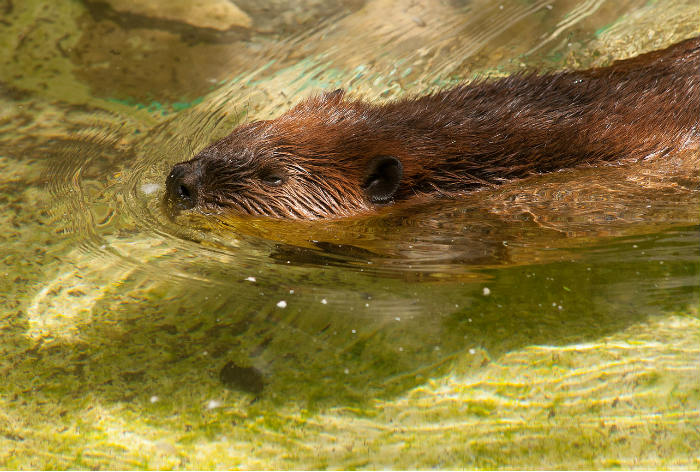Send to a friend
The details you provide on this page will not be used to send unsolicited email, and will not be sold to a 3rd party. See privacy policy.
[BUENOS AIRES] Approximately 10,000 beavers are being exterminated in Tierra del Fuego because of the danger they pose to the biodiversity of that area, which is shared between Argentina and Chile.
Beavers (Castor canadensis) are considered an invasive species. They were introduced to this binational island during the 1940s and now threaten to reach the north of the Patagonia.
“Our goal is not to kill beavers but to recover the environment destroyed by a species that has no predators in the south,” Adrián Schiavini, head of the project and researcher at the Southern Center for Scientific Research (CADIC/Conicet), told SciDev.Net.
The number of animals the project will eradicate represents less than 10 per cent of the beaver population currently in the area. The intention, in this first stage, is to eliminate the species — using 200 reusable traps — in 8 Argentinean and 2 Chilean zones. Eventually the project will be extended to the rest of the island.
“Our goal is not to kill beavers but to recover the environment destroyed by a species that has no predators in the south.”
Adrián Schiavini, CADIC/Conicet
“In three years, some indicators will be measured again to confirm whether the aquatic and terrestrial environment has recovered to its previous state in terms of water quality and presence of organic matter,” Schiavini explains. “Beavers transform mountain rapid rivers into muddy reservoirs, damaging the quality of water and the entire biological community.”
In an e-mail sent to SciDev.Net, the Conservation Commission of the Argentinian Society for the Study of Mammals (SAREM) voiced support for the measure.
“The recovery of the environment and its functionality is crucial,” the SAREM board of directors said in the statement. “We believe that the entire programme for the eradication of exotic fauna must include management and control strategies to prevent further leakage of [individual animals]. It also needs to have a public education plan that shows, from a social perspective, the damage that humans have caused with this kind of introduction [of an invasive species]”.
Giorgia Graells, a biologist at the Catholic University of Chile and coordinator for the governmental organisation Ciencia Austral, agrees that “this project is necessary to assess the situation and initiate complete eradication”.
She added that this pilot scheme — funded in part by the UN Food and Agriculture Organization — serves to study the effectiveness of eradication and how a delay in taking this step might affect efforts to prevent the Beaver population from expanding to the north.
Alexander Pietrek, a researcher in zoology and ecology at the University of Florida (USA), also agrees on the need to undertake such a project. “Obviously, there are disadvantages that have to do with costs and long-term planning, but it is clearly feasible,” he says.However, Pietrek also points out that other strategies to control the beaver population could also be considered, and these will be proposed in an article that is still under peer review.
This piece was produced by SciDev.Net's Latin America and Caribbean edition.
This article is part of a series on invasive species supported by CABI














